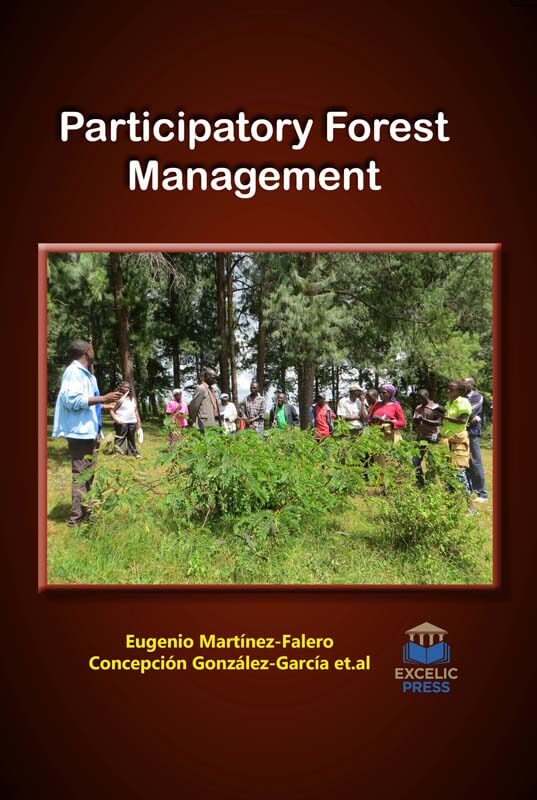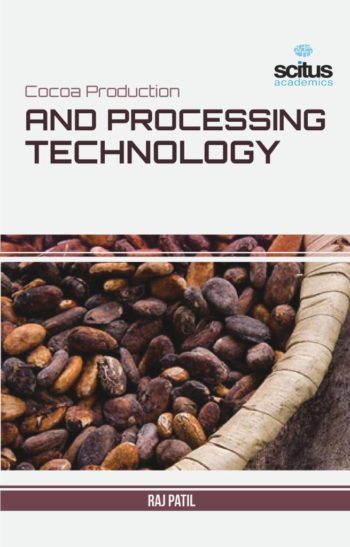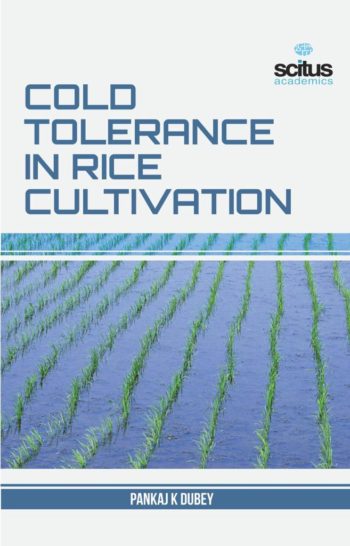The involvement of communities in the management of state-owned or formerly state-owned forest resources has become increasingly common from the past two decades. Participatory Forest Management (PFM) refers to processes and mechanisms that enable those people who have a direct stake in forest resources to be part of decision-making in all aspects of forest management, from managing resources to formulating and implementing institutional frameworks. To be successful, actions for mitigating climate change will not only need to be informed by the best available science, but will also require political and social acceptability, particularly since forest management entails a diversity of multifaceted, interconnected, and competing values. In effect, sustainable forest management necessitates an integrated approach that balances economic (e.g., timber harvesting, forage), environmental (e.g., biodiversity, erosion, carbon sequestration), social (e.g., recreational, employment), and cultural (e.g., well-being, spiritual) uses, values, and interests that all need to be considered.
This book covers state of the art practical methodologies guidance for the economic analysis of stakeholder incentives in participatory forest management (PFM) situations. The book presents the new strategies and policies for participatory forest management consisting of encouraging public participation as long as it increases empathy among participants. The strategy requires the homogeneous representation of the opinion of a participant (i.e., to determine how they assess a forest plan and identify the best one). Utility assessments are prepared for participants through pair-comparisons between meaningful points in the territory and from value functions based on forest indicators. Public participation has become an important driver in increasing public acceptance of policy decisions, especially in the forestry sector, where conflicting interests among the actors are frequent. Stakeholder Analysis, complemented by Social Network Analysis techniques, was used to support the participatory process and to understand the complex relationships and the strong interactions among actors. This book identifies the forestry training sector stakeholders and describes their characteristics and priorities, in relation to training activities on entrepreneurial topics for forestry loggers. This participative process is especially important in the forestry sector, which includes a multitude of conflicting interests among the actors. To be successful, actions for mitigating climate change in the forest and forest sector will not only need to be informed by the best available science but will also require strong public and/or political acceptability. This book also presents a novel analytical-deliberative engagement process that brings together stakeholders and Indigenous Peoples in participatory workshops in the interior and coastal regions of British Columbia (BC) to evaluate a set of potential forest carbon mitigation alternatives. Overall, the book provides a framework for thinking about how research in participatory forest management can be most useful.














Reviews
There are no reviews yet.